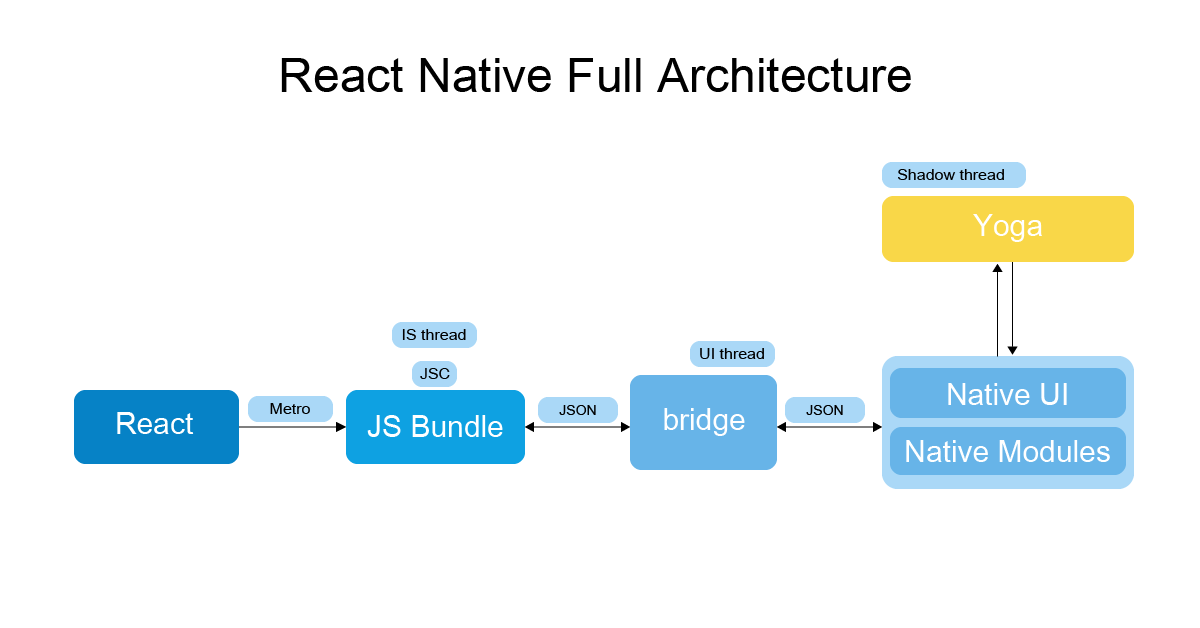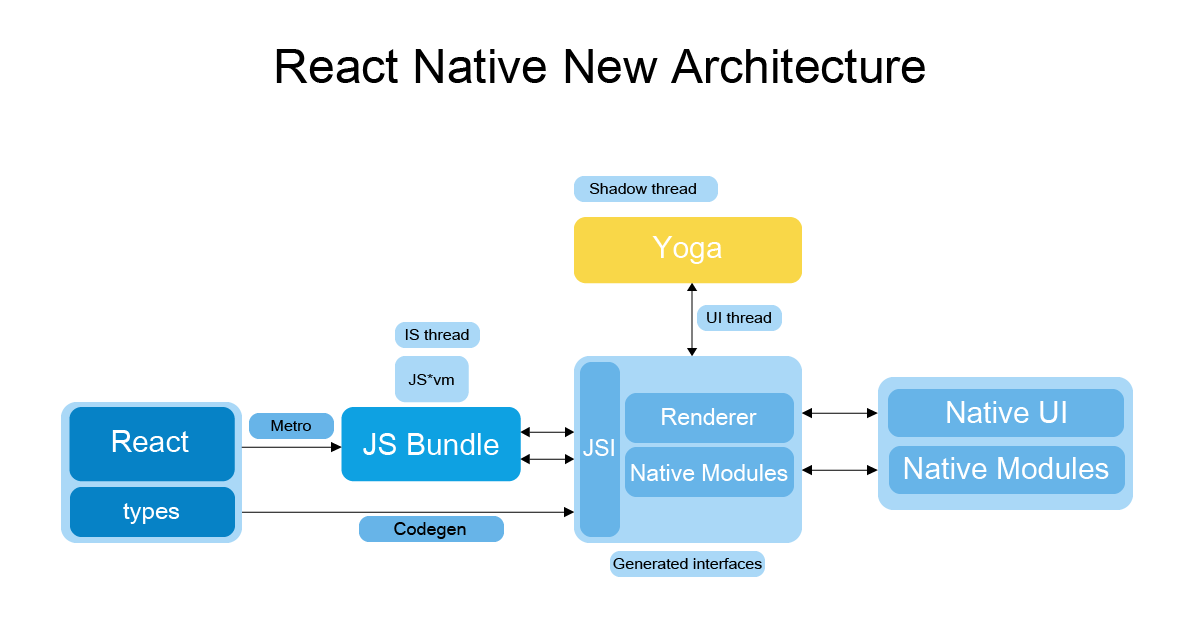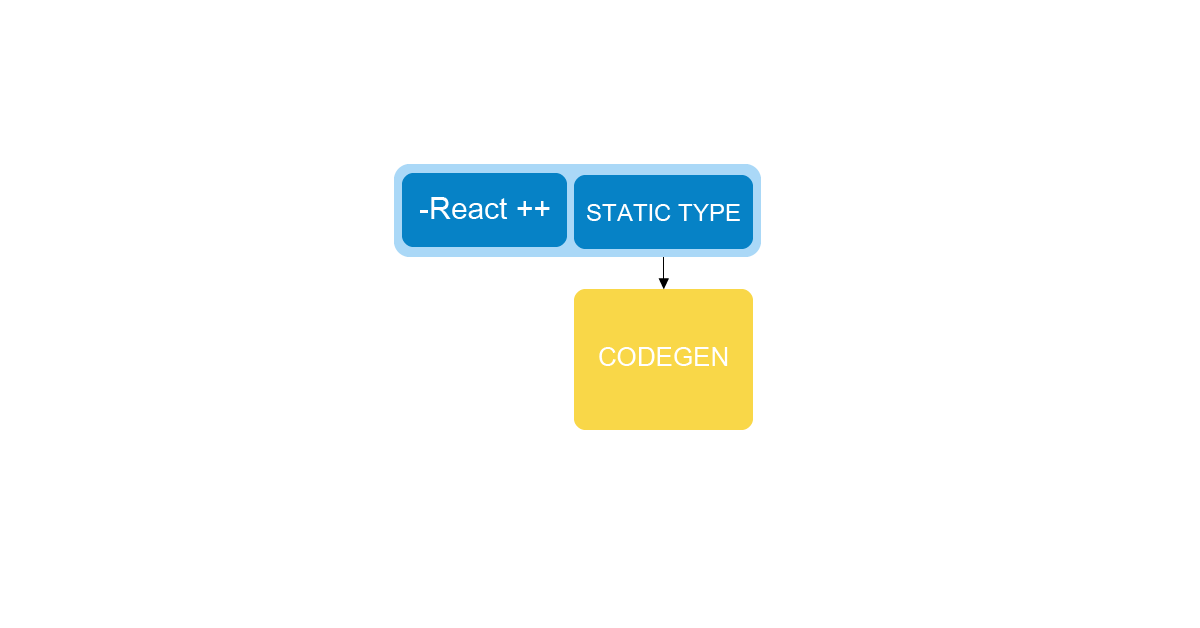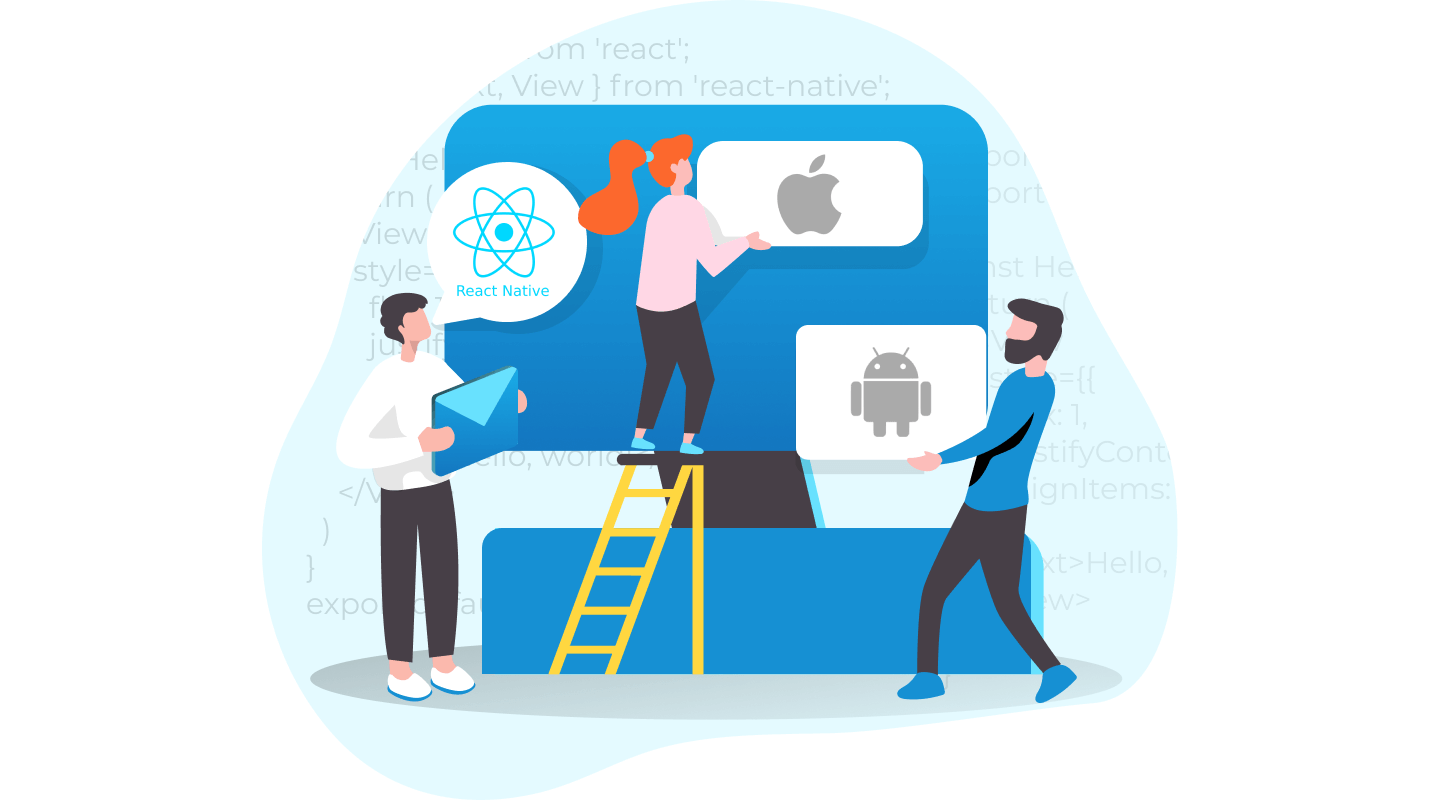With its revolutionary approach to cross-platform app development, React Native has changed the game in today’s lightning-fast mobile app development industry.
Since its introduction by Facebook in 2015, React Native has gained significant traction, appealing to developers and businesses alike. To reinforce its position as a leader in the market, React Native underwent a re-architecture in 2018, aiming to address limitations and provide a more robust and efficient development experience.
The adoption of React Native has been steadily increasing, with the framework winning over developers across the globe. Recent statistics from Statista reveal that React Native is the preferred choice for over 42% of mobile developers worldwide. This rise in popularity can be attributed to its ability to streamline the development process and deliver cross-platform apps with speed and efficiency. Businesses recognize the value of React Native’s code reusability, allowing them to save time and resources by maintaining a single codebase for multiple platforms. For instance, LITSLINK has successfully leveraged React Native to build innovative solutions like a cross-platform social mobile app Mush, showcasing the framework’s capabilities in delivering compelling cross-platform applications.
The Old React Native Architecture
React Native Components
React Native is a platform-agnostic solution, which means it doesn’t have any ties with a specific platform and can be used equally well for more than one operating system. React Native developers write a single native code base using JavaScript code and then transcribe the React tree to be interpretable by the native infrastructure.
In 2013, React Native appeared to unite a web-based technology, React, with a proprietary stack of native platforms, which was frequently disjoint and slow to iterate. Then in 2015, they came up with an idea to create two threads and unite them with the help of a Bridge and make these two sides communicate in a standard format.

The current React Native architecture is based on 3 major pillars:
- The JavaScript Thread. This thread serves as the backbone for React Native applications, housing the entire JavaScript codebase. Bundled during production, the JavaScriptCore executes this code when users launch the app. However, one limitation is the binding of this thread exclusively to the JavaScriptCore, hindering flexibility in utilizing high-performance JavaScript engines.
- The Native Thread. This is the place where the native code is executed. This component handles the user’s interface and ensures seamless communication with the JS thread whenever the app needs to update the UI, run native functions, etc. All the native modules lie in the startup, which means they will always be bundled if the user wants to access them.
- The Shadow Thread. This vital component handles layout calculations using Facebook’s layout engine, Yoga. It transforms flexbox layouts, calculates dimensions, and prepares them for rendering on the app’s interface. Offloading layout calculations to a separate thread ensures smoother UI rendering and improved performance, especially for complex interfaces. Additionally, Yoga facilitates consistent layout code across different platforms, enhancing code reusability. As React Native evolves, optimizations in the Shadow Thread will enhance user experience and developer productivity.
Major Limitations of the Current React Native Architecture
React Native is a good solution if you’re looking for a way to build a scalable application that would run on several platforms fast. Thus, you can start with an MVP, attract the first users, and get to the market earlier than your competitors manage to do the same. As for now, it remains the core tech for building cross-platform software.
However, the React Native architecture is not perfect and requires further improvement. If you take a look at the React Native layout, you’ll see that the framework uses a Bridge to communicate with native modules, which often creates a queue as these two sides are unaware of each other. Such a process might create performance limitations that negatively affect user experience.
To address these and other challenges of the React Native layout, the team introduces regular updates, aiming to streamline developers’ experience. The latest massive update took place on July 6, 2020, when the team at Facebook redesigned the entire error, warning, and log system by introducing an updated LogBox. Such updates are frequent to come. So, if you have React Native in your tech stack, be sure the framework will evolve and become more native and developer-friendly than it was before.
Flipper marked another effort to improve debugging. It comes with a variety of useful features, which makes it easier for developers to spot vulnerabilities and fix them quickly. Also, the team has already released Hermes, which is a JavaScript engine specially optimized for running apps on Android. Its update resulted in reduced start-up time, optimized app size, and better performance.
React Native Re-Architecture
The whole React Native community has been waiting for this big movement. The React Native new architecture is expected to bring a series of significant improvements that will streamline the development process and make it more convenient for all parties involved.

The Possibility to Use Any JS Engine
The JavaScript thread won’t be bound to the JavaScriptCore anymore, which will allow using any high-performance JS engines.
Depreciation of the Bridge
With the introduction of React Native re-architecture, the Bridge will be gradually eliminated and substituted with a new component called the JavaScript Interface (JSI). This element will also serve as an enabler for a new Fabric and TurboModules.
JSI
One more advantage brought by JSI is the entire synchronization of JS thread and native modules. With the help of the JavaScriptInterface, JS will be able to hold reference to Hot Objects and invoke methods on them. It will also come with a concept of shared ownership, allowing the native side to communicate directly with the JS thread.
Direct Control over Native Modules
One more benefit the new React Native delivers to the community is the entire control over native modules. The application will use them only when it is required instead of starting all of them at the start.
Fabric
Fabric is basically a re-architecture of the UI manager, which is expected to transform the rendering layer by eliminating the need in bridges. The new approach allows creating the Shadow Tree right in C++ that brings swiftness to the process and reduces the number of steps necessary to render a particular element.
CodeGen
To ensure seamless communication between React Native and Native parts, the team at Facebook is currently working on the tool called CodeGen. It is expected to automate the compatibility of two threads and make them synchronized. This generator will define the interface elements needed by TurboModules and Fabric and send messages to the realm with confidence. This upgrade will eliminate the need to duplicate the code for both threads and is expected to ensure smooth synchronization.

If you already have a project on React Native or are just mulling over the idea for building a React Native app, the good news is that you won’t need to rewrite the whole app when the new architecture appears. You’ll only need to update to a new version and the whole app will migrate automatically. Thus, we can conclude that the future of React Native looks pretty bright.
Strengths of React Native
Due to convenient React Native layout, the framework delivers a wide range of capabilities for building user-friendly apps. Its key strong points include:
Code Reusability
This is probably one of the most significant advantages React Naive delivers to its community. Instead of building two separate apps for each platform, software engineers reuse 90% of code, which helps to save their time and your budget.
Live and Hot Reloading
These functions have been introduced to ease the work of React Native developers and make the process more agile. Live reloading helps to refresh the entire app when any changes are made to the code. For instance, if you had to add a few links into the foundation, live reloading will automatically reload the application and start it with the new changes.
Hot reloading only refreshes the app taking into account the changes made to the code. If you add a few links to the code, the entire app won’t refresh, but these changes will be reflected in the interface.
Ready-made Solutions
If you navigate the community, chances are you’ll find lots of pre-developed components that can be used for building your software. It means developers won’t need to spend extra time finding and building a custom solution. In most cases, they can use the parts of codes that are already written and integrate them into the product. What does it mean to your business? Faster development and shorter Time to Market!
Modular Architecture
This software design technique helps to separate program functions into independent and interchangeable blocks called modules. Such an approach makes the development process more adjustable, flexible, and ensures better collaboration between teams. Software developers can reuse modules while working on different projects or parts of the same app.
Comparison of Old and New React Native Architectures
The old and new React Native architectures have distinct characteristics and improvements, as outlined below:
Old React Native Architecture:
- Relied on a JavaScript thread, a native thread, and a Bridge for communication.
Advantages:
- Stability and maturity with a vast ecosystem of third-party libraries.
Drawbacks:
- Potential performance bottlenecks and synchronization issues caused by the Bridge.
- Cross-thread communication challenges leading to slower performance.
New React Native Architecture:
- Replaces the Bridge with the JavaScript Interface (JSI) for improved communication.
Advantages:
- Enhanced performance and optimized resource usage by eliminating Bridge overhead.
- Introduction of Fabric, a re-architecture of the UI manager, for faster UI updates and improved responsiveness.
- Direct control over native modules, reducing unnecessary overhead and optimizing resource consumption.
Drawbacks:
- Relatively recent architecture, with the ecosystem and support for third-party libraries still evolving.
- Adjustment to new patterns and tools may be required.
- Potential compatibility issues with existing libraries.
When considering these architectures, developers should weigh their project’s requirements and trade-offs carefully. The old architecture offers stability and a mature ecosystem, although it may suffer from performance bottlenecks. Conversely, the new architecture brings improvements in performance, rendering, and resource utilization, but at the cost of adjusting to newer patterns and possible compatibility challenges. Regardless of the choice, React Native remains a powerful framework for cross-platform app development with a wealth of possibilities.
Build Your Brand-New Mobile App with LITSLINK!
React Native is a great choice when it comes to cross-platform app development as it already demonstrates excellent performance and provides developers with a set of tools to build appealing mobile apps. However, with the release of a new architecture, it is expected to transform by addressing existing limitations and making the development process more flexible and agile. If you’ve been looking for a complex solution to build an appealing cross-platform app, reach out to LITSLINK, a top React Native development company.
LITSLINK has cultivated expertise in React Native since its inception. This depth of experience enables our software experts to deliver top-tier consultancy services tailored to your unique business needs and ensure the most optimal solution for your specific case.





